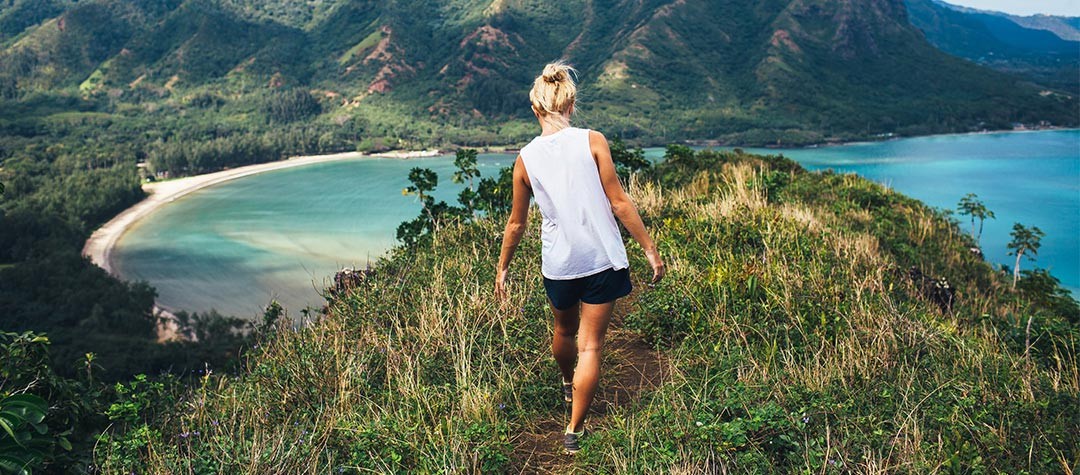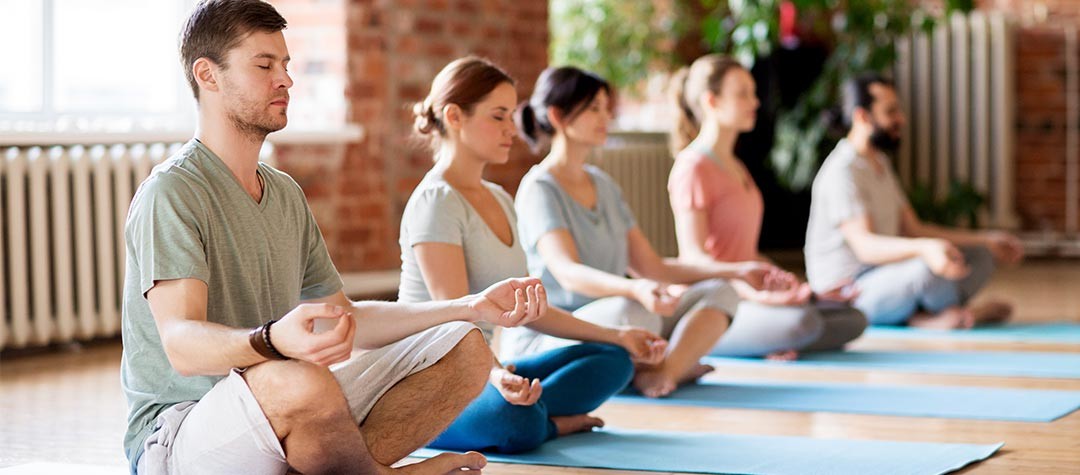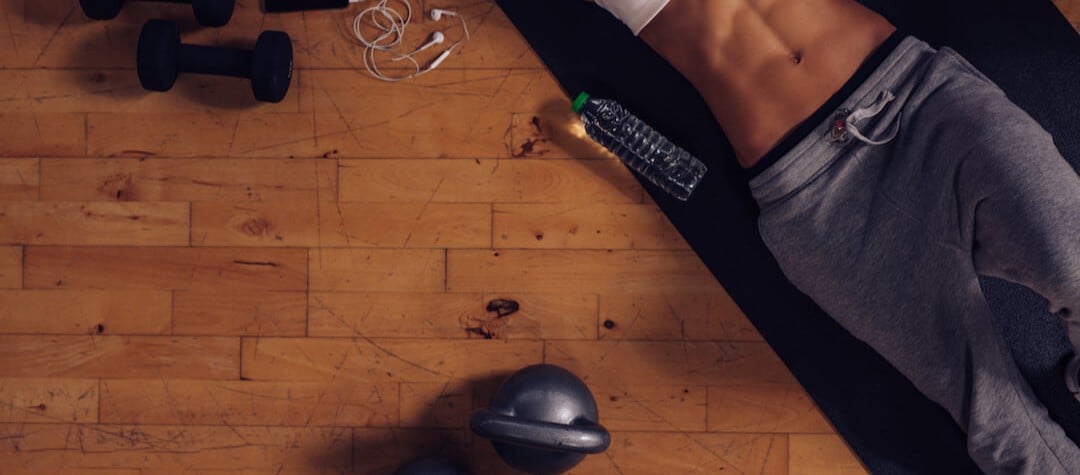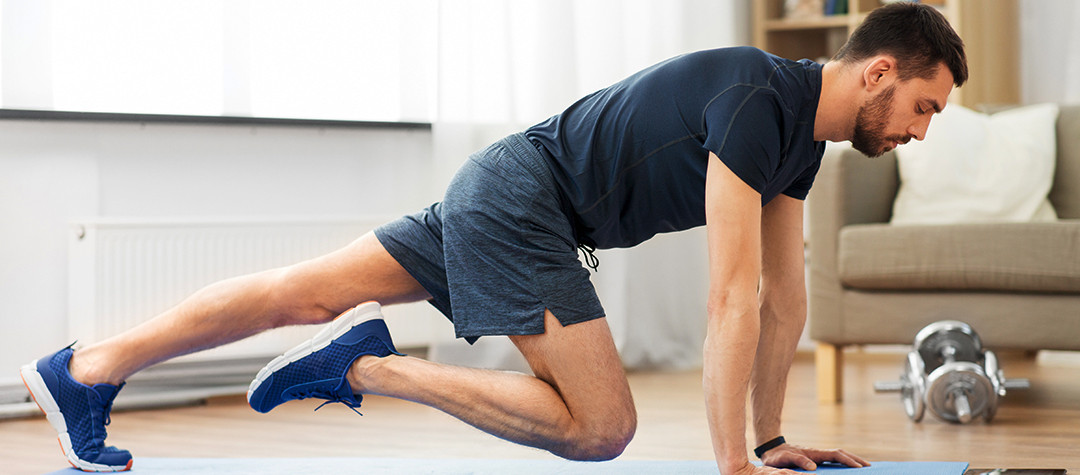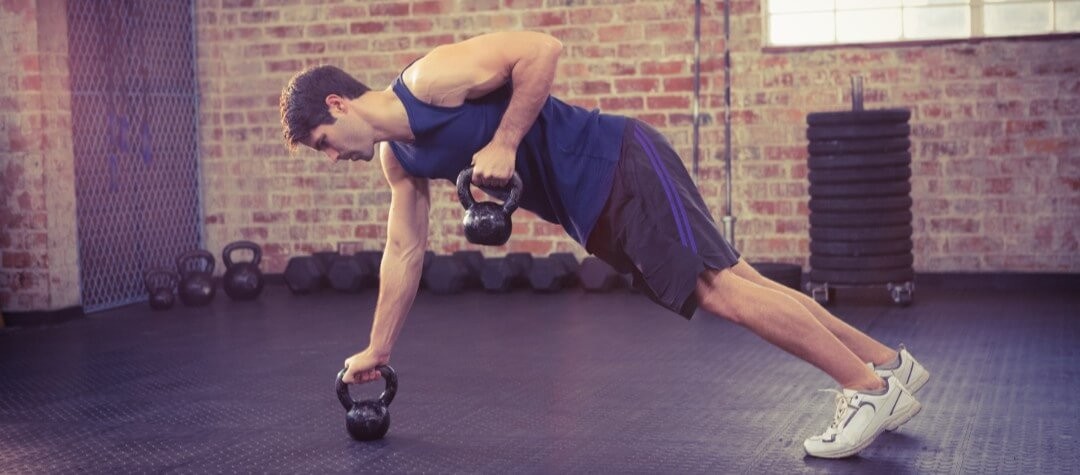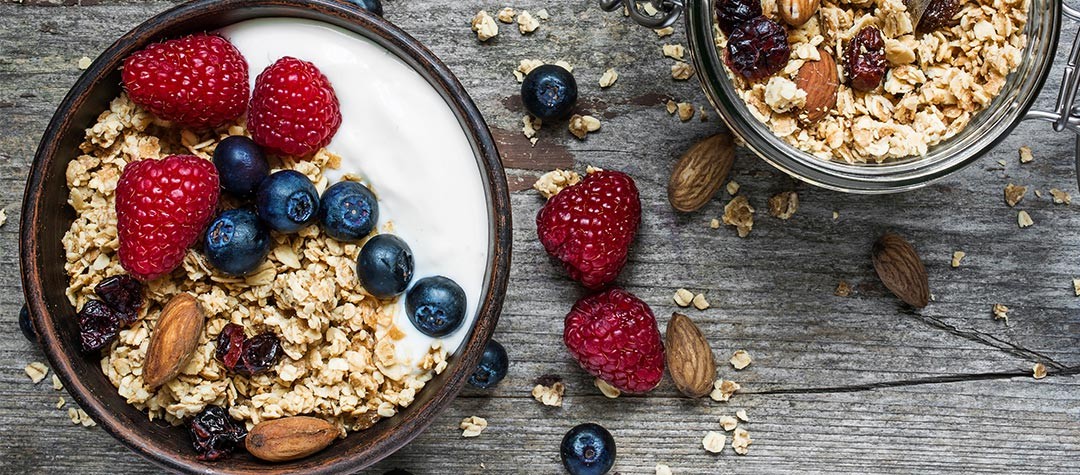Being on vacation does not mean you have to let your fitness slide. By following a fitness maintenance programme you can keep your fitness levels ticking over while still allowing for some quality rest and relaxation.
Of course, when you head off on vacation it’s the opportunity for some well-earned rest, relaxation and a bit of down time that is uppermost in most people’s thoughts. However for the fitness focused among you, a couple of weeks completely devoid of any exercise are a guaranteed way to lose a lot of hard-earned fitness.
As a rule of thumb you lose fitness at twice the rate you gain it, so two weeks of no activity can set you back a whole month. With that in mind, vacation maintenance programme will keep your fitness levels ticking over and allow some time for relaxation and recovery so that you are raring to get back into your usual fitness routine when you come home. More importantly your fitness levels won’t have diminished too much, so resuming your fitness schedule won’t be too difficult.
What does a fitness maintenance programme involve?
Well the very first thing you need to do is to remember to pack some gym gear and your trainers, because you’re going to need them! In general terms your maintenance programme should aim to cover the four primary areas of fitness:
- Strength
- Flexibility
- Core
- Cardiovascular
Remember though that before you hurtle headlong into a full training programme, if you are to get the most out of your vacation and permit your body to rebuild, your training should be much lighter than your usual routine; after all, you are on vacation! The idea is that you exercise enough to minimise your fitness losses so that returning to your usual sessions is easier than it might have been.
By adopting this maintenance strategy, you can often find that on your return from your break, you actually make further improvements because your body has had the opportunity to fully repair; which is when fitness gains occur.
The suitcase gym
You only need minimal equipment to keep your fitness ticking over and it will only take up a small amount of space in your suitcase.
A basic kit need only include:
Stability ball - The stability ball is perfect to carry out core exercises and you can also use it as a bench and seat for upper body exercises. It’s compact when deflated and the few minutes that it takes to inflate can be effective as a short cardiovascular workout.
A pump - Standard bicycle pumps will inflate stability balls, but a better option is a ‘faster-blaster’ ball pump which is considerably more efficient. Faster-blaster pumps are widely available and are inexpensive.
Two empty 1 litre bottles of water (which you can buy while away) - These bottles are your weights. They can be filled with water, sand or even wet sand to the appropriate level to provide sufficient resistance. If the bottles are too light for your usual training, simply:
- Change your repetitions (the number of times you complete an exercise movement)
- Change your sets (number of blocks of repetitions)
- Re-challenge your body with a different exercise altogether
Optional extras
A skipping rope - This is great for cardiovascular training and co-ordination and is also small and easy to pack in your case.
Lightweight exercise mat - Perfect for floor-work exercises and stretching and should also fit nicely into your luggage.
An exercise chart - If you work out a plan and routines in advance, you are much more likely to stick to it. Writing down an exercise plan always infers a level of commitment which is hard to ignore.
How much exercise and how often?
As a general rule, if you can complete three short workouts for each week that you are away, you’ll remain fit and you’ll also be able to enjoy your vacation.
Break down your weekly sessions as follows:
- Session 1 - Cardiovascular (CV) and flexibility: Make your CV shorter than usual but ideally at least 20 minutes. Keep the intensity light and finish with 10 minutes of stretching. The CV can include running, brisk walking, swimming or cycling which in warm weather can be a real treat. However if the temperatures are really hot, work out in the cooler parts of the day and avoid the heat of the midday sun.
- Session 2 - Resistance training and core: Complete a short 30-minute workout that utilises all the main muscle groups.
- Session 3 - CV and flexibility: Try an alternative CV session from session 1. Again your options could include; swimming, cycling, walking, jogging or perhaps skipping. Finish with the 10-minute flexibility routine.
- Remember rest is good!
Having spent most of this article encouraging you to work out on vacation it is also hugely important to remember the rest element of your trip too. It’s a common myth that training improvements occur when you are actually exercising. When you lift a heavier weight or run faster or further during a training session, you see the result of your gains, not a specific improvement itself.
Remember, fitness gains do not occur during your training session, they occur when you are resting. Rest is the time when your body adapts to training loads and becomes stronger and that is why it’s the most important element of your exercise programme.

